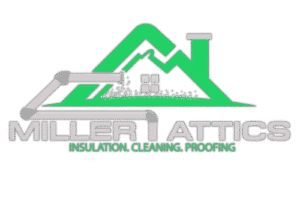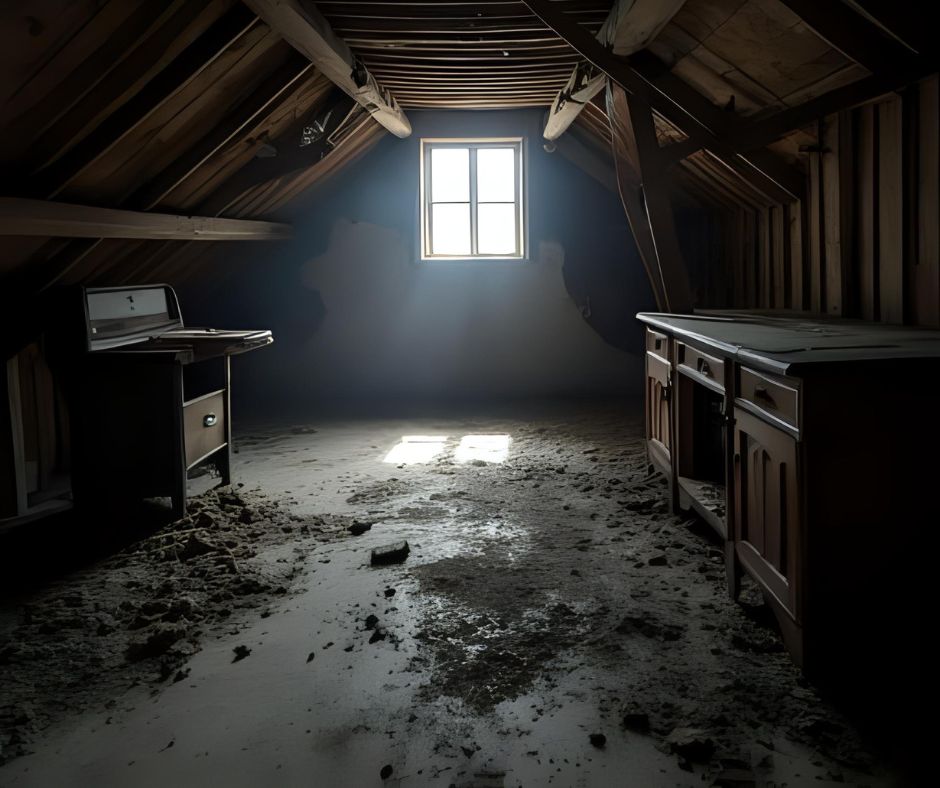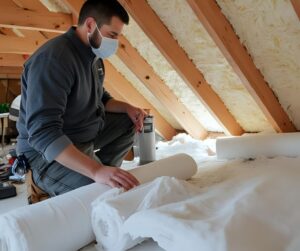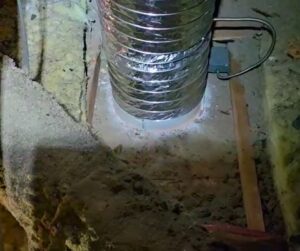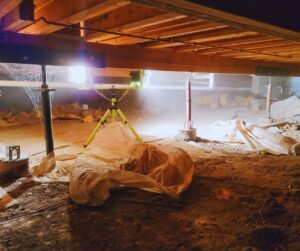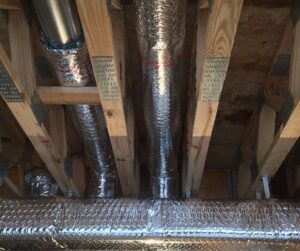Look, I’m going to level with you. After seven years at Miller Attics, crawling through more attics than I care to remember, I’ve watched homeowners make the same mistakes over and over. Not because they’re stupid—because the information out there is garbage. Everyone’s got an agenda. The spray foam guy swears you need foam. The blown-in guy thinks foam is the devil. And you’re stuck in the middle with a $5,000 question mark hanging over your head.
Let’s talk about attic insulation types and costs the way nobody else will—honestly, messily, and without the BS sales pitch.
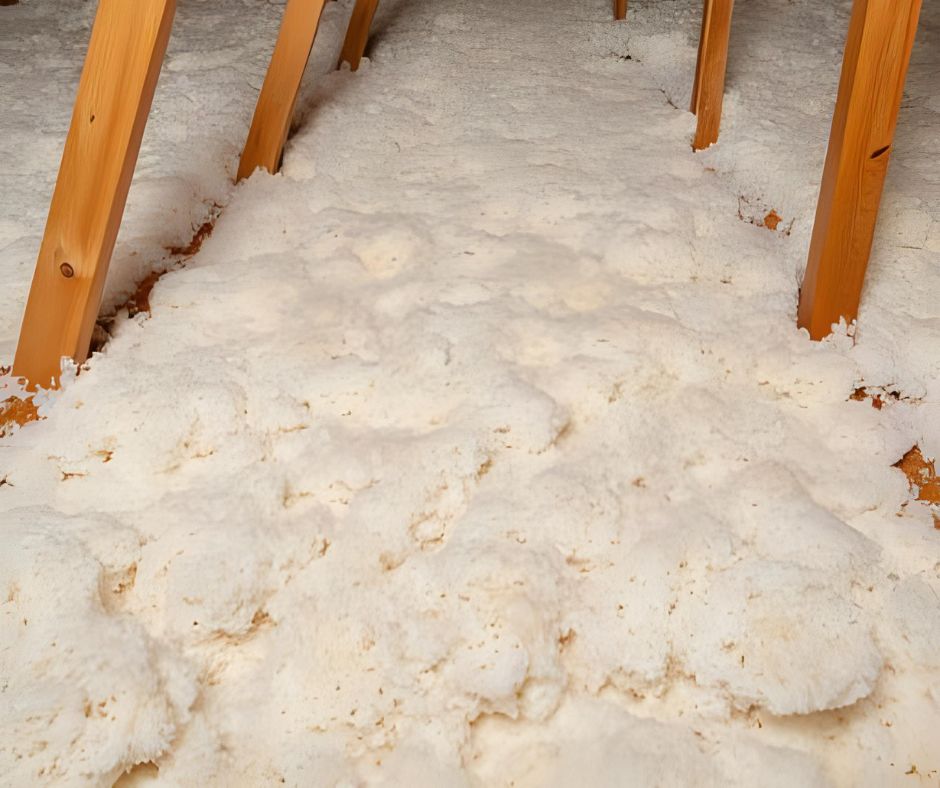
The Big Lie About Removing Old Insulation
Half the contractors who walk into your attic will tell you the old insulation needs to go. The other half will say leave it. Who’s right? Both. Neither. It depends.
Here’s what they won’t tell you: removing old insulation is a massive pain in the ass and costs real money. So if a contractor can avoid it, they will. If they specialize in removal, suddenly your twelve-year-old fiberglass is “contaminated” and “settling dangerously.”
The truth? When should attic insulation be replaced? When you can see mold. When it smells like something died up there (because something probably did). When mice have turned it into a highway system. When it’s compressed down to nothing. Otherwise? You’re probably fine adding more on top.
But here’s where it gets messy. If you’re going spray foam on the roof deck, that old stuff on the attic floor needs to come out. You can’t have insulation sandwiching an unconditioned space—you’ll create a moisture trap that’ll rot your roof from the inside. See? Not so simple.
The real question isn’t whether to remove it. It’s whether you trust the guy telling you to remove it, and whether he can explain why without just saying “it’s best practice.”
Spray Foam: The Insulation Everyone Loves to Hate
Let me tell you about spray foam. It’s incredible. It’s also potentially a nightmare. Both things are true.
When we talk about attic insulation types and costs, spray foam sits at the top—$3 to $7 per square foot installed. For a 1,200 square foot attic, you’re looking at $6,000 to $9,000 easy. Meanwhile, blown cellulose runs $1.50 to $2.50 per square foot. Fiberglass? Maybe $1.75 to $3.00.
So why would anyone choose foam? Because it does two things at once: insulates AND air seals. That’s huge. A house leaks air like a sieve—through every crack, gap, wire hole, and light fixture. Spray foam plugs all of it. The energy savings can be real.
But—and this is a big but—some mortgage companies won’t touch homes with spray foam in the attic. Some insurance companies are getting weird about it. Why? Because when foam is installed wrong, it can trap moisture, block ventilation, and cause serious structural damage. And “installed wrong” happens more often than the foam industry wants to admit.
Here’s the part that keeps me up at night: spray foam is permanent. You want to rewire your house in ten years? You want to fix a roof leak? You’re going to hate your life. With blown insulation, you push it aside, do your work, push it back. With foam, you’re chipping away at it with a knife like some kind of insulation archaeologist.
My take? Foam makes sense for cathedral ceilings where you can’t ventilate properly. For regular attics? Unless you’ve got serious air leakage issues and money to burn, I’d think twice.
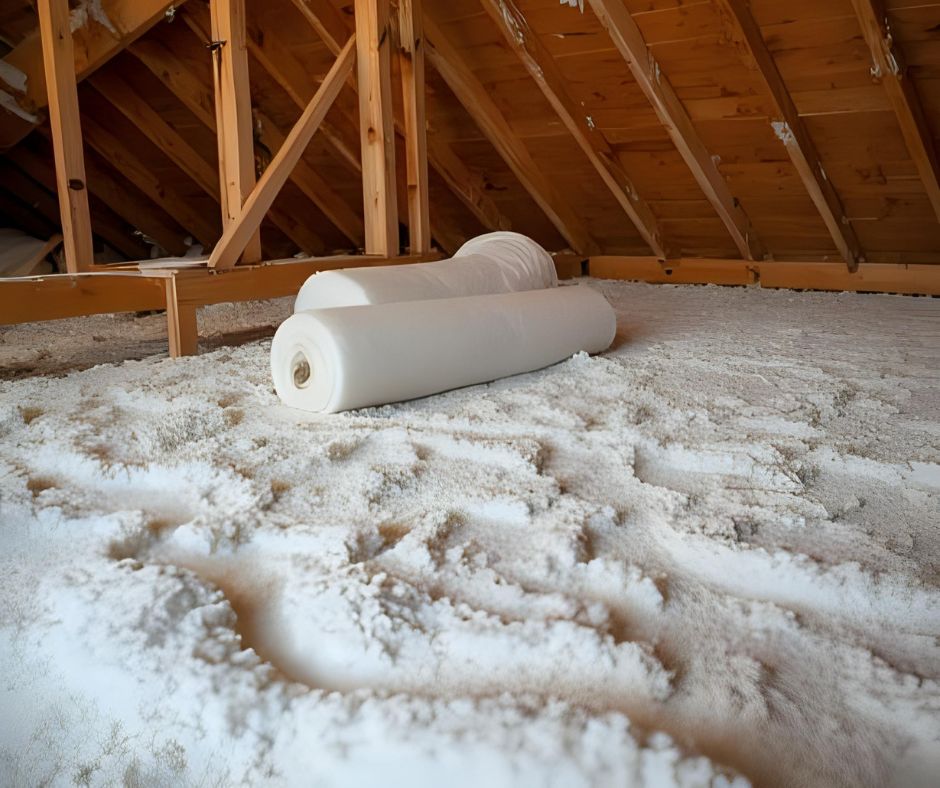
Cellulose vs. Fiberglass: The Battle Nobody Wins
Every insulation guy has a religion about this. Mine is cellulose, but I’ll try to be fair.
When discussing attic insulation types and costs, these two dominate the blown-in market. Cellulose runs about $0.60 to $2.50 per square foot. Fiberglass blown runs similar, maybe $0.70 to $3.00. Materials-wise, they’re close. Performance-wise, they’re different animals.
Cellulose is shredded newspaper treated with borate (fire retardant and bug killer). It settles into every crack. The dirty secret? It actually slows air infiltration even without separate air sealing. Not as good as foam, but way better than fiberglass. It also holds its R-value better when it’s cold outside.
Fiberglass is spun glass. It’s cleaner to install—less dust, less mess in your house. It doesn’t settle as much over time. It’s easier to work around later. But it’s garbage at stopping air movement. Air flows right through it. You absolutely need separate air sealing first, or you’re wasting your time.
Here’s what they don’t tell you: most contractors push fiberglass because it’s easier on them, not because it’s better for you. Cellulose installation is dusty, messy, and if they screw up the air sealing prep, homeowners complain about dust in the house. Fiberglass keeps callbacks down.
So which one? If your attic is sealed tight already—every penetration caulked, every top plate foamed—fiberglass is fine. If not, cellulose will save your ass. But nobody’s attic is sealed that tight. Nobody’s.
The ROI Lie We All Tell Ourselves
Let’s talk money. Real money, not the “you’ll save 40% on heating costs!” fantasy land the sales guys live in.
A typical attic insulation types and costs scenario: you spend $2,000 to $4,000 to go from R-19 to R-49 with blown insulation. Your heating bill is, what, $1,500 a year? Cooling is another $800? Being generous, you might save 15% on that. Maybe 20% if you’re lucky. That’s $345 to $460 a year.
Do the math. You’re looking at a 5 to 11 year payback. And that’s assuming energy prices don’t drop (they might), your equipment doesn’t change (it will), and you don’t move (you probably will).
But here’s what the ROI calculation misses: comfort. If your second floor is 10 degrees hotter than downstairs every summer, and insulation fixes that, what’s that worth? If your kids’ bedrooms are freezing in winter, what’s that worth? The payback spreadsheet doesn’t capture “my house doesn’t suck anymore.”
When people ask me when should attic insulation be replaced from a financial perspective, I tell them this: if you’re doing it purely for ROI, don’t. If you’re doing it because your house is uncomfortable and you’re staying put for more than five years, do it. The numbers will justify themselves eventually. Or they won’t. But you’ll be comfortable either way.
Air Sealing: The Thing Everyone Skips
This is where I lose my mind. You can pile insulation up to the rafters, hit R-60, spend $5,000—and if you didn’t air seal first, you threw half that money away.
Air leakage accounts for 25-40% of heating and cooling loss. Not insulation—air leakage. Every wire penetration, every pipe chase, every recessed light, every top plate—they’re all holes. Hot air (or cool air) pours through them like water through a sieve.
But air sealing is tedious. It’s boring. It’s hot as hell in an attic. It takes hours of crawling around with spray foam cans and caulk guns, sealing things nobody will ever see. Contractors hate it. Homeowners don’t want to pay for it. So it gets skipped.
Some people think cellulose eliminates the need for air sealing. It doesn’t. It helps. It’s better than nothing. But if you want real results, seal first, then insulate. This is non-negotiable if you’re going fiberglass. It’s negotiable but not recommended if you’re going cellulose.
Recessed Lights: The Silent Killers
Every house built after 1990 is riddled with recessed can lights. And they’re all sucking conditioned air into your attic like tiny vacuum cleaners.
The old-school solution was building boxes around them before insulating. That works. It’s also a massive pain. The modern solution is IC-rated airtight fixtures that you can bury in insulation. That also works, if they’re actually airtight (most aren’t).
Here’s the controversial take: if you’ve got IC-rated cans and you switch to LED bulbs that generate almost no heat, burying them in cellulose is probably fine. I’ve done it. I’ve logged temps inside the cans. They stay cool. The fire risk is minimal.
But if someone burns your house down with a halogen bulb you didn’t know they installed, your insurance company will point to that cellulose and laugh you out of court. So officially, I can’t recommend it. Unofficially, I sleep fine at night, and my cans are buried.
R-Value: When More Becomes Stupid
The code says R-38 to R-49 depending on your climate zone. Great. Should you go to R-60? R-70?
Here’s the thing about attic insulation types and costs and diminishing returns: going from R-10 to R-30 is huge. Going from R-30 to R-50 is noticeable. Going from R-50 to R-70? You might save $40 a year. Maybe.
Every inch of insulation matters less than the inch before it. At some point, you’re spending real money for imaginary savings. Where’s that point? Depends on your energy costs, your climate, how long you’re staying. For most people in most climates, R-49 is the sweet spot. More than that, you’re probably doing it for bragging rights.
DIY: Don’t. Unless You Really, Really Want To.
Can you DIY insulation? Yes. Should you? Probably not.
Home Depot rents the blower for free if you buy enough bags. The cellulose costs $400-$600 for a typical attic. Add $200 for air sealing supplies. You’ll save $2,000 to $4,000 in labor.
You’ll also spend 8-12 hours crawling through a 140-degree attic breathing fiberglass or cellulose dust through a respirator that doesn’t quite fit right, trying not to fall through the ceiling drywall, while your spouse feeds bags into a machine that jams every 15 minutes.
Some people do it and feel great. I did my own house. It sucked. I have no regrets. But I also fix houses for a living, so my tolerance for misery is high.
The real issue with DIY isn’t the blowing—it’s the air sealing. Most people skip it because it’s tedious. Then they wonder why their fancy new insulation didn’t do much. You can’t half-ass the prep and expect pro results.
The Questions I Can’t Answer
When should attic insulation be replaced if it’s “working fine”? I don’t know. Define working fine. If your house is comfortable and your bills aren’t crazy, maybe never. If you’re burning oil like it’s 1973, maybe yesterday.
Which attic insulation types and costs make sense for YOUR house? I don’t know. I’d need to see your attic, your HVAC setup, your ductwork, your ceiling penetrations, your roof condition, your local climate, your energy costs, and your budget. Then I’d give you options, not answers.
Should you trust the contractor who says you need spray foam? Maybe. Does he explain why, or does he just show you scary photos of someone else’s moldy insulation? Does he listen to your concerns or just run through a script?
What I Actually Tell Homeowners
If you can see your ceiling joists through the insulation, add more. If it smells weird, figure out why before you cover it up. If you’re uncomfortable and you’ve lived with it for five years, stop being cheap and fix it.
Start with air sealing. It’s not sexy. Nobody will see it. It matters more than anything else.
Blown cellulose or fiberglass for most attics. Spray foam only if you understand the commitment and the risks. DIY if you hate money less than you hate contractors.
And remember: the perfect solution doesn’t exist. Every choice is a trade-off. The contractor who tells you otherwise is selling something.
Now stop overthinking it and pick one. Your house will be fine.
